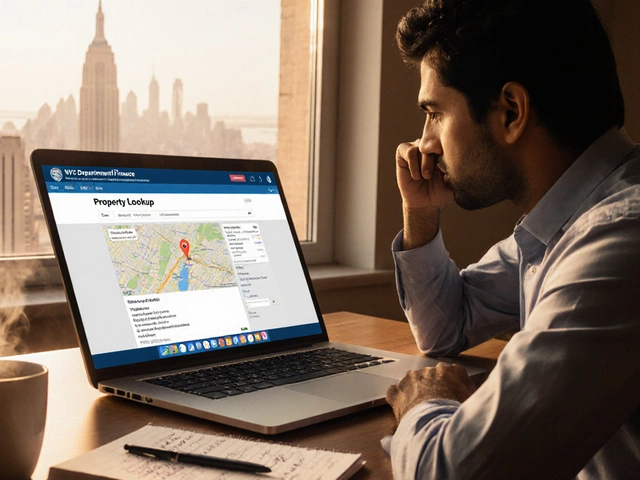Old House Buying Guide: What You Need to Know Before You Sign
Thinking about snapping up an old house? It can feel like a treasure hunt—great character, lower price tags, but also hidden problems. This guide walks you through the must‑do steps so you don’t end up fixing a roof while the mortgage is still unpaid.
Inspect Like a Pro
First thing: get a thorough inspection. A cheap “quick look” will miss things like damp walls, faulty wiring, or foundation cracks. hire a licensed inspector who checks:
- Roof condition and any missing shingles
- Plumbing for rust, leaks, and outdated pipes
- Electrical system—especially if the house still has knob‑and‑tube wiring
- Foundation and basement for water intrusion
- Windows and doors for drafts and rot
Write down every issue and ask the seller for repair credits or a lower price. Knowing the exact repair list helps you budget accurately.
Financing an Old Home
Not all lenders love old houses. Some will require a renovation loan or a higher down payment. Here’s how to smooth the process:
- Get pre‑approved before you start looking. It shows sellers you’re serious.
- Consider a FHA 203(k) loan if you plan major upgrades. It rolls repair costs into the mortgage.
- Keep a reserve fund—ideally 10‑15% of the purchase price—for unexpected fixes.
Having the money ready makes negotiations easier and prevents stress later.
Budgeting for Renovations
Old houses rarely need just a fresh coat of paint. Create a realistic renovation budget by separating “must‑do” and “nice‑to‑have” items. Typical costs:
- Roof replacement: $8,000‑$15,000
- Electrical upgrade: $3,000‑$6,000
- Plumbing overhaul: $2,500‑$7,000
- Kitchen remodel: $10,000‑$25,000
Get quotes from at least three contractors, and add a 10% contingency for surprise expenses. This way you won’t run out of cash halfway through the project.
Legal Checks and Title Work
Old properties sometimes come with old paperwork. Make sure a title search reveals no unpaid liens, boundary disputes, or encroachments. If the house is in a heritage zone, you might need special permits for exterior changes. Talk to the local municipality early so you know what you can and cannot modify.
Negotiating the Deal
Use the inspection report as your bargaining chip. If the seller refuses to fix major issues, ask for a price cut that covers your repair estimates. Remember, a lower offer isn’t rude—it’s just business. Show you’ve done the numbers and you’ll be taken seriously.
Buying an old house can be a rewarding project if you go in prepared. Do the inspection, lock down financing, map out a realistic renovation plan, and clear any legal hurdles. Follow these steps and you’ll turn that dated fixer‑upper into a home you love without breaking the bank.





